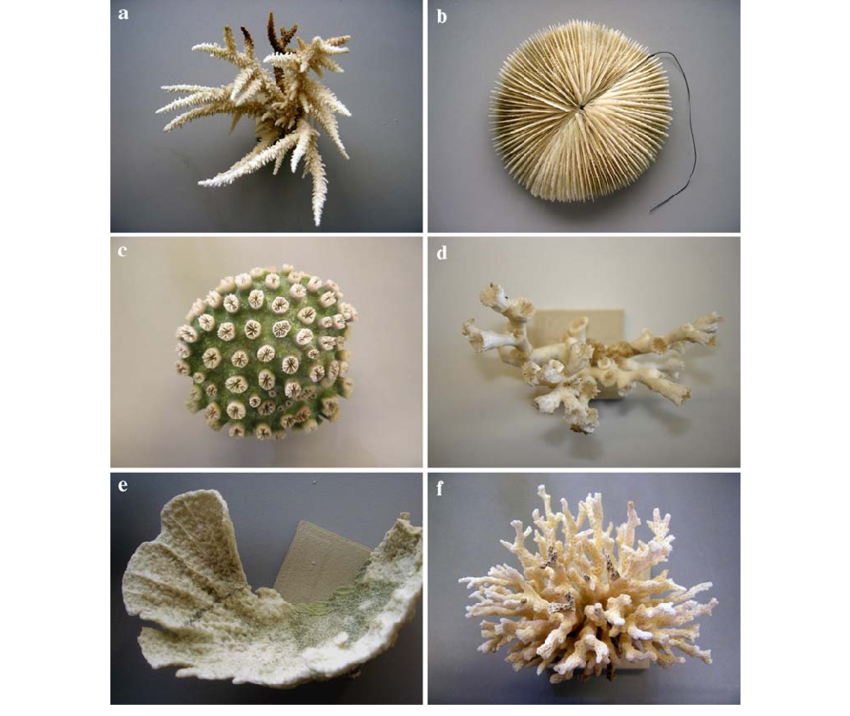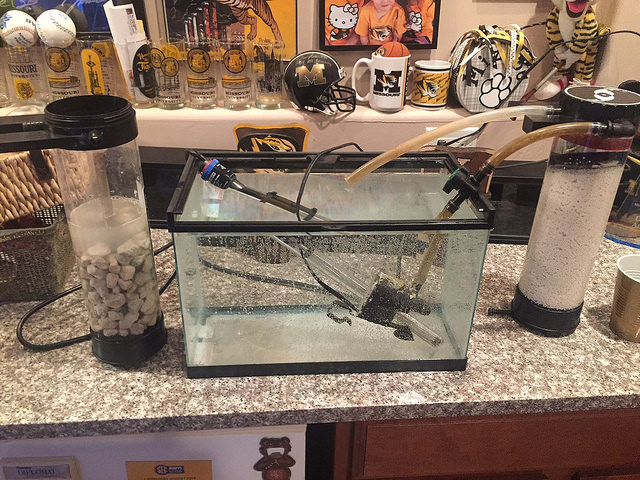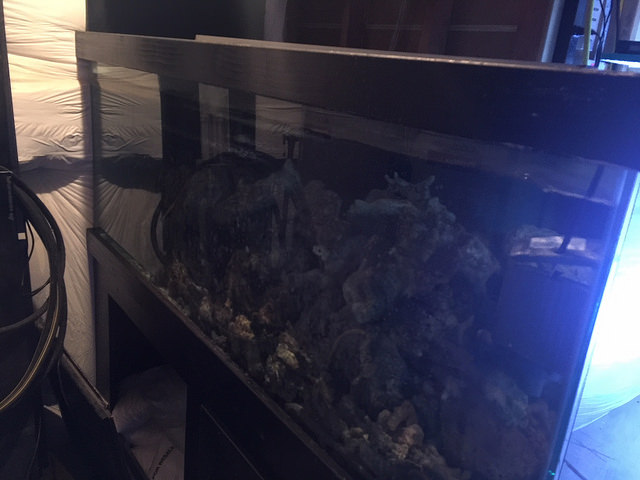I was chatting with @mcarroll the other day about phosphate binding to aragonite.
I have seen many instances where phosphate bound live rock and sand requires massive amounts of media and water changes to remove all of the phosphate. Two instances:
1). Local purchased 120lbs of Pukani live rock which took about 6 gallons of GFO to get the container water phosphate down to 2-3 PPB. This was after an acid bath.
2). 10 year old FOWLR with about 300 lbs of Marshall Island rock (fantastic rock) that had P in the tank about 1.6-1.8. Based on #1 above, used aluminum based media on this rock and it still took about fifteen pounds of it (almost a whole bucket).
I am wondering if anybody has any kind of a formula for how much aragonite can bind out of the water column at a certain level. ...like 10 lbs of pure aragonite can absorb 200 ppm of phosphate from the water column at a final "equilibrium" level of .1 in the tank water? (I just made that up)
If there is not any available, I was going to run an experiment, but need help...
0). Make sure that my fresh saltwater mix is at zero phosphate with Hannah Ultra Low. I have a recipe with IO, Muratic Acid and Dowflake that gets to 1.026, 7.2 and 425
1). Wash and soak 5 lbs of Carib Sea Large Size ARM in Fresh Saltwater for a few days - test with Hannah Ultra Low to see if it is truly phosphate free. If not, then use GFO to get it phosphate free.
2). Mix a solution of X.0 PPM of phosphate into 5G of heated water - no idea about how much to add
3). Put the 5lbs of now phosphate free aragonite in a reactor on the tank
4). Measure every day the water phosphate level with Hannah Regular or ULR checker until it stops moving.
5). Evaluate
6). Maybe add more phosphate to the tank and see if the final stopping/equilibrium point in linear or exponential.
Would this tell us how much 5lbs of aragonite can bind from the water column and where the end "equilibrium" level will be? ...or did I mess this up bigtime?
My hypothesis is that something like 2.0 PPM of water based phosphate with this kind of media will result in a final tank reading of about 2-3 PPB... but this is just a wild guess.
I do understand that not all structure has the same surface area and ability bind the same, but I am just looking for something rough.
I do need some clarification:
1). Heard before that phosphate binding/unbinding is more effective at higher temps, so going to run test at 78 like most reefs. True/False on this one?
2). What level should I start the fresh saltwater? I was thinking 2.0, but that might be low.
3). What kind of phosphate should I buy? Any idea of a rough amount to get to the level in #2?
4). Was going to use saltwater since I have no idea if the binding rates are different in fresh. Does salinity matter? I was planning on being at 1.026 anyway.
I have seen many instances where phosphate bound live rock and sand requires massive amounts of media and water changes to remove all of the phosphate. Two instances:
1). Local purchased 120lbs of Pukani live rock which took about 6 gallons of GFO to get the container water phosphate down to 2-3 PPB. This was after an acid bath.
2). 10 year old FOWLR with about 300 lbs of Marshall Island rock (fantastic rock) that had P in the tank about 1.6-1.8. Based on #1 above, used aluminum based media on this rock and it still took about fifteen pounds of it (almost a whole bucket).
I am wondering if anybody has any kind of a formula for how much aragonite can bind out of the water column at a certain level. ...like 10 lbs of pure aragonite can absorb 200 ppm of phosphate from the water column at a final "equilibrium" level of .1 in the tank water? (I just made that up)
If there is not any available, I was going to run an experiment, but need help...
0). Make sure that my fresh saltwater mix is at zero phosphate with Hannah Ultra Low. I have a recipe with IO, Muratic Acid and Dowflake that gets to 1.026, 7.2 and 425
1). Wash and soak 5 lbs of Carib Sea Large Size ARM in Fresh Saltwater for a few days - test with Hannah Ultra Low to see if it is truly phosphate free. If not, then use GFO to get it phosphate free.
2). Mix a solution of X.0 PPM of phosphate into 5G of heated water - no idea about how much to add
3). Put the 5lbs of now phosphate free aragonite in a reactor on the tank
4). Measure every day the water phosphate level with Hannah Regular or ULR checker until it stops moving.
5). Evaluate
6). Maybe add more phosphate to the tank and see if the final stopping/equilibrium point in linear or exponential.
Would this tell us how much 5lbs of aragonite can bind from the water column and where the end "equilibrium" level will be? ...or did I mess this up bigtime?
My hypothesis is that something like 2.0 PPM of water based phosphate with this kind of media will result in a final tank reading of about 2-3 PPB... but this is just a wild guess.
I do understand that not all structure has the same surface area and ability bind the same, but I am just looking for something rough.
I do need some clarification:
1). Heard before that phosphate binding/unbinding is more effective at higher temps, so going to run test at 78 like most reefs. True/False on this one?
2). What level should I start the fresh saltwater? I was thinking 2.0, but that might be low.
3). What kind of phosphate should I buy? Any idea of a rough amount to get to the level in #2?
4). Was going to use saltwater since I have no idea if the binding rates are different in fresh. Does salinity matter? I was planning on being at 1.026 anyway.






















